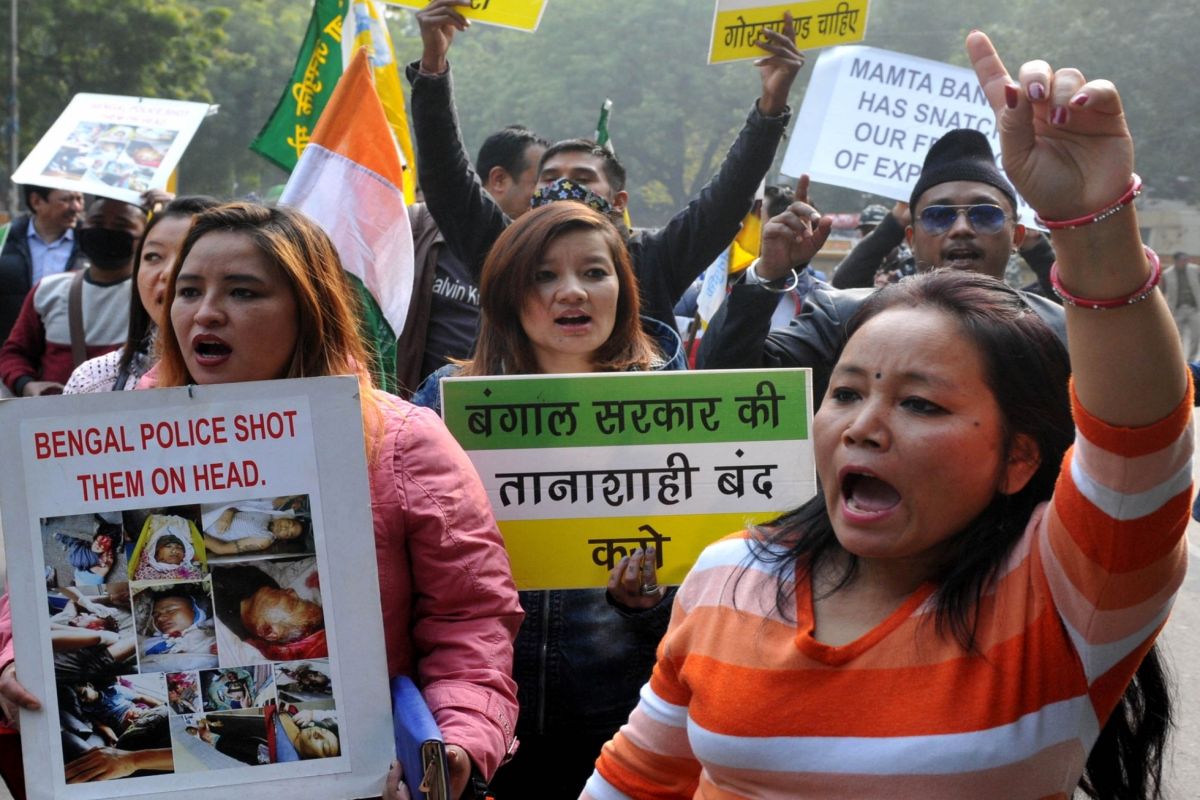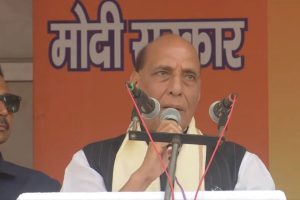India’s federal practices have unparalleled varieties that have evolved since colonial days. Though there are clear constitutional provisions for the devolution of powers and subjects in the three lists — Centre, State and Concurrent — one finds an array of arrangements that make the actual practices hugely varied across the country. One can, therefore, find federalism of the best variety and also the dismal type, which remains beyond the reach of the Constitution and control of the federal government. Further, Indian federalism has cabbage like layers of devolution both between the Centre and the states, and within the constituent states. In many cases, states tend to ignore the Centre despite well laid-out constitutional provisions. For the states in the North-eastern region, a very special and exclusive devolution is in practice under the provisions of the Sixth Schedule of the Constitution.
This schedule makes separate provisions for the administration of tribal areas in Assam, Meghalaya, Tripura and Mizoram. These provisions have been made in exercise of the enabling provisions given in Articles 244 (2) and 275 (1) of the Constitution. The objectives are to maintain a distinct identity and exclusiveness of tribals. To keep away intrusive elements, the British colonial regime incorporated features of excluded and partially excluded areas with strong prerequisites like restricted area permits and inner line permits. Besides indigenous governance institutions, it maintains the sanctity of geographical and cultural ecology and has in-built conflict resolution mechanisms and features of sustainability of biodiversity and natural resources.
This schedule identifies and designates certain tribal areas as autonomous districts with the governance framework extended through the constitution of District Councils and Regional Councils. These locally elected councils are endowed with legislative, judicial, executive and financial powers. For instance, in terms of judicial powers, these Autonomous Councils can constitute village councils or courts to the exclusion of any court in the state to try suits and cases between scheduled tribe communities within such areas. In finance, besides the constitution of the district and regional funds, these Autonomous Councils have powers to collect taxes and fees and entitlement to royalties.
There are three Autonomous Councils in Assam under the Sixth Schedule — Karbi Anglong (1952), North Cachar Hills and Bodoland Territorial Council (2003). Meghalaya is unique. Besides being a separate state, the entire state is also covered by Sixth Schedule provisions with three Autonomous Councils — Khasi Hills Autonomous District Council (1952), Garo Hills Autonomous District Council (1952) and Jaintia Hills Autonomous District Council under Sheim Rajas (1964). There are three Autonomous Councils in Mizoram — Chakma Autonomous District Council, Mara Autonomous District Council and Lai Autonomous District Council. Tripura has one Autonomous Council — Tribal Areas Autonomous District Council (1979). Manipur has none.
Interestingly, a number of Autonomous Councils have been independently created by the state government outside the framework of the Sixth Schedule like Darjeeling Gorkha Hill Council (1988) in West Bengal and six such councils in Manipur covering five districts of Senapati, Churachandpur, Ukhrul, Tamenglong and Chandel. These newer variety of councils without any constitutional sanctions have been established mainly to resolve conflicts like the Gorkhaland movement in Darjeeling and provide them with separate development powers and funds.
Over the years, four complex models of autonomy within a state have emerged. The traditional model covered by the Sixth Schedule provisions; a co-existence model where a full-fledged state as a whole coexists with pre-statehood Autonomous Councils like in Meghalaya; an adjustment model where, unlike in the past, autonomy was strictly given to hill tribes, now it has been extended to plains tribals like in Bodoland and, also identity-conflict driven autonomy like in Darjeeling. The fourth variety has evolved as a solution to slow development and identity politics triggered conflict where a parallel model of separate Autonomous Councils are created by the states with strikingly similar powers and functions, but outside the framework of the Sixth Schedule.
There are some prolific and remarkable achievements made by some of these Autonomous Councils largely capturing the political economy of tribal areas. Some of them, like in Meghalaya and Nagaland, have served as launching pads for larger geographical and politico-administration structures like Union Territory and full-fledged statehood under Article 3 of the Constitution. The Autonomous Councils in Meghalaya triggered more imaginative provisions in the Constitution like 244A, which, for the first time, introduced a “state within the state” configuration, and a new formation known as autonomous state. Besides keeping ethnicity and distinct identity as the key question, these Autonomous Councils have been used by both the Centre and the states as a safety valve, conflict resolution instrument and shock absorber technique.
Ground realities
However, several questions have been raised. How autonomous are these Autonomous Councils? What would happen to their autonomy if the constitutional provisions that pertain to Parts IX (three-tier Panchayats) and IX-A (municipalities) are extended to these areas? This is more so where, at least on paper, the powers of a District Council are greater than that given to the equivalent institution of the District Panchayat (Zilla Parishad) in areas covered by Part IX of the Constitution. Fear arises because the Autonomous Councils that have been established by the states outside the provisions of the Sixth Schedule are already covered by Panchayati acts, thereby making the Autonomous Councils literally redundant.
An equally critical issue is the overlapping of functional responsibilities between the states and their Autonomous Councils. Once an Autonomous Council is set up under the Sixth Schedule, all the departments and activities stand fully transferred to these Autonomous Councils, but the ground realities are very different. Even today, these Autonomous Councils strongly complain about being deprived of powers and functions by their respective states. Actually, four situations of power transfer prevail — fully transferred, partially transferred, not handed over at all and parallel projects and institutions.
The communities in the Karbi Anglong Council have, in fact, resorted to militancy to acquire full autonomy from the Assam government. There has been a second round of the violent Gorkhaland movement leading to the formation of a new regime — the Gorkhaland Territorial Administration (2011) in Darjeeling. The state’s stand behind this halting and partial handover of power has been that these Autonomous Councils lack capacities and skills to run these departments. This has led to the setting up of parallel development and administrative machineries within the geographical premises of the Autonomous Councils by the state concerned.
Interventions
The Sixth Schedule extends special powers to the governors in the states to ensure smooth functioning of the Autonomous Councils. They function as custodians of tribal autonomy. The Supreme Court held that the governor is required under the constitutional pattern to function on the aid and advice of the council of ministers, save in spheres where he is required by the Constitution to exercise his functions at his discretion. Under certain special provisions of the Sixth Schedule, discretion is specifically given to the governor to this effect.
This is where the latest 125th Constitution Amendment Bill introduced in Parliament in January 2019 becomes very critical. Besides substantially adding to the powers and functions of the Autonomous Councils, this bill, if passed, would give the Finance Commission of India the power to directly allocate resources to these Autonomous Councils. Besides curtailing and limiting the role of the state governments vis-a-vis the Autonomous Councils, this may lead to the direct funding of the Autonomous Councils by the Centre, which may also bring them under the purview of central auditing.
(The writer was a member of the National Committee on Sixth Schedule of the Government of India in 2006-07)











